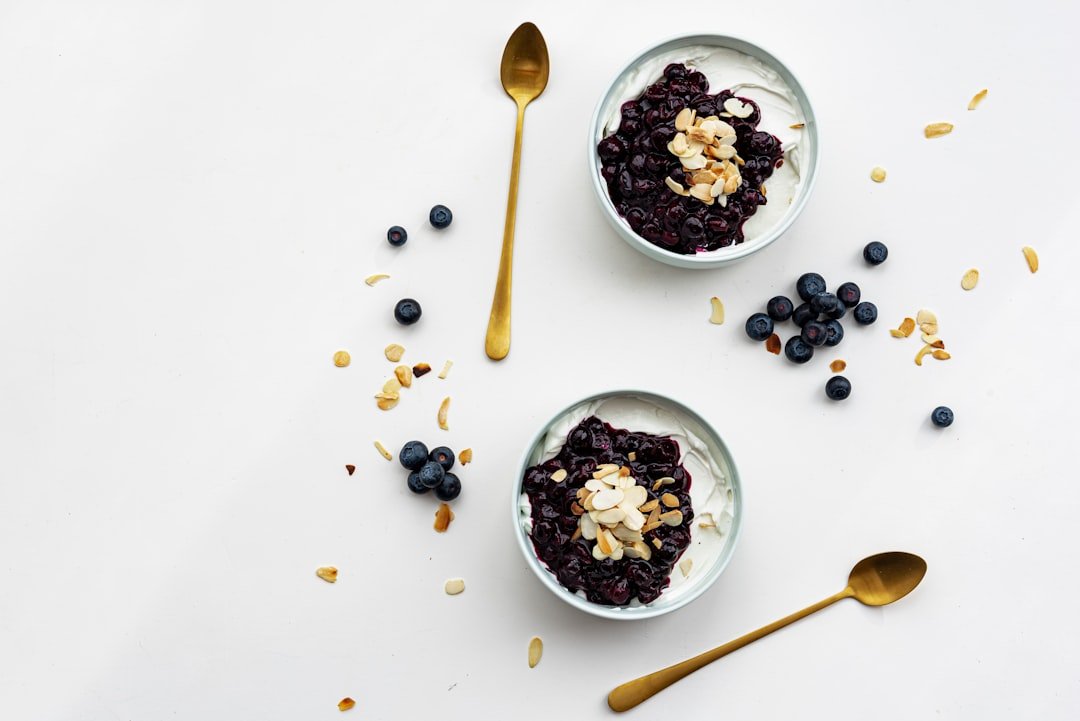PrimaFoodie Ingredient Spotlight: A Close Look at Maltodextrin
One of our most significant missions at PrimaFoodie is to educate people about ingredients. We love to parse labels and learn the history and reasons behind why so much—literally, so much!—stuff gets added to food. The additives in the states are as nebulous as they are ubiquitous. Their names are often impossible to pronounce, offer little to no nutritional value, and are often hazardous to our well-being. So, when we pick up a box, we're left with more questions than answers. Is this thickener necessary? What's the point of methylene chloride? And just how bad is this food coloring?
So we investigate common food additives and reveal their origin and (so-called) purpose —all in the quest to help consumers make better decisions. Because the truth is, just because something is edible doesn't mean it's healthy—or even necessary.
This week, we're looking at maltodextrin—a processed powdery substance made from vegetable sources. If you're like us, you've seen the word for years but are unclear what it does. Let us break it down.
What Is Maltodextrin?
Maltodextrin is an intensely processed white powder carbohydrate primarily made from corn, potato starch, rice, wheat, barley, sorghum, or tapioca. We say "intensely" processed because it takes several steps to make it. First, manufacturers extract the starch from whatever vegetable source they're using, then break it down through hydrolysis, a process that cooks the starches to change their structure and turn them into a gel-like paste. From there, the paste is mixed with acids and other enzymes to break down the properties further. The result is an odorless, tasteless, powdery substance.
What's the Purpose of Maltodextrin?
You may be thinking that maltodextrin doesn't sound appetizing. We're with you. However, the reality is that this additive is woven into so many foods that most of us in the United States consume it.
Food manufacturers use maltodextrin to improve the texture, thickness, and consistency of foods and amplify their flavor. Think: a chewier granola bar or creamier yogurt. The powder amps up the taste and feel, making foods craveable and preventing caking in certain baked goods. Maltodextrin is also incorporated to extend the shelf-life of many packaged foods, including crackers and protein bars.
Where Is Maltodextrin Found?
Because it's a tasteless and odorless additive, the powder weaves into processed foods stealthily. Meaning you don't really know it's there. That's why manufacturers use it. It bulks up the flavor and texture, leaving no trace of its own.
You'll find maltodextrin in:
conventional yogurt
nutrition and energy bars
cereal
cookies, crackers, and chips
nutrient supplements and protein powders
salad dressings
condiments
"low-fat" products, such as light cream cheese and yogurt
spices
processed meats and meat products
Is Maltodextrin Harmful?
This is the key question regarding additives: what are the risks? The Food and Drug Administration deems maltodextrin as a GRAS—generally recognized as safe—ingredient. The worrisome fact, however, is the cumulative impact of eating maltodextrin repeatedly—which is a common occurrence, given how it's in countless food products.
Research shows that maltodextrin may negatively affect the balance of bacteria in the gut when eaten consistently. One study claims it "leads to the promotion of intestinal inflammation," and it "could be a risk factor for chronic inflammatory diseases," including inflammatory bowel disease.
Anotherstudy shows that maltodextrin may increase Escherichia coli (e-coli) bacteria. At the same time,additional research suggests maltodextrin plays a role in helping salmonella bacteria to survive in the gut, which could lead to a host of bowel problems, including inflammation.
Also, the glycemic index in maltodextrin is 95 and higher than that of table sugar, which is 65. The powder's high GI means it has the potential to cause a blood sugar spike.
The PrimaFoodie Take on Maltodextrin
At PrimaFoodie, we advocate for adding as few ingredients to a food as possible. So, when we see something like maltodextrin pop up, we shake our heads: Is it necessary? The studies linking it to potential gut issues make us even more concerned.
We aim to avoid maltodextrin whenever we can. Instead of relying on processed, pre-packaged foods, we opt for whole, natural ingredients whenever possible.










